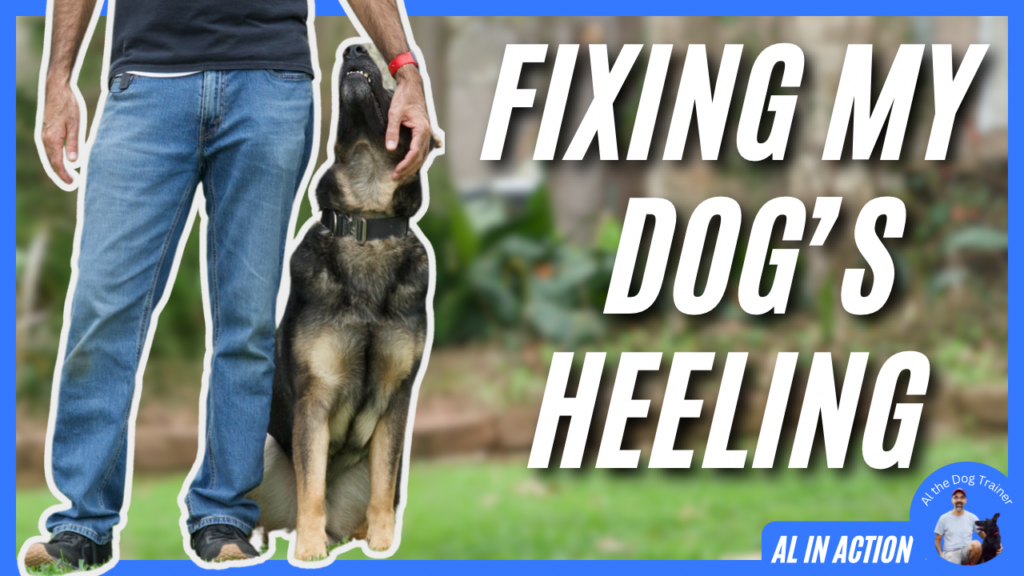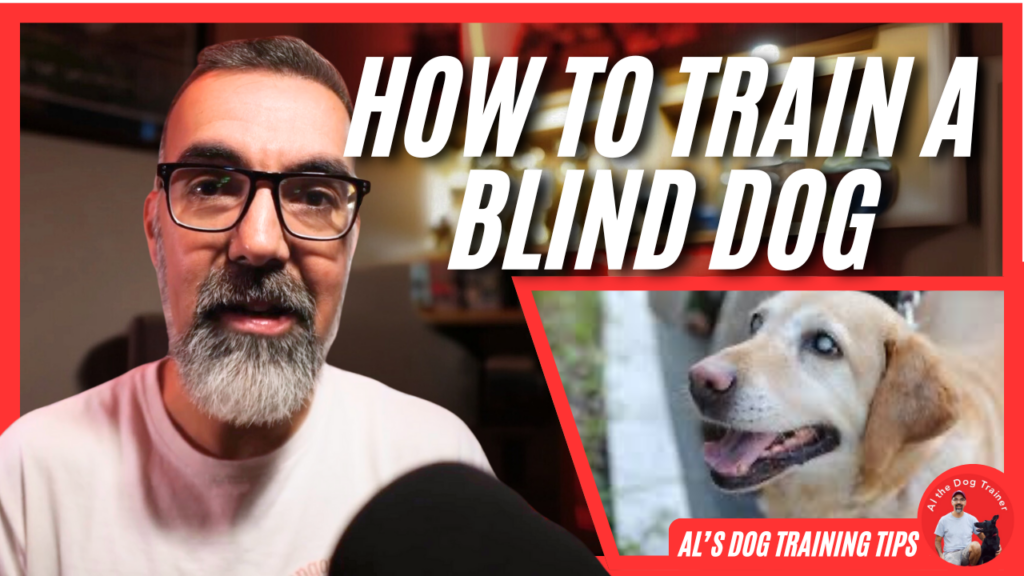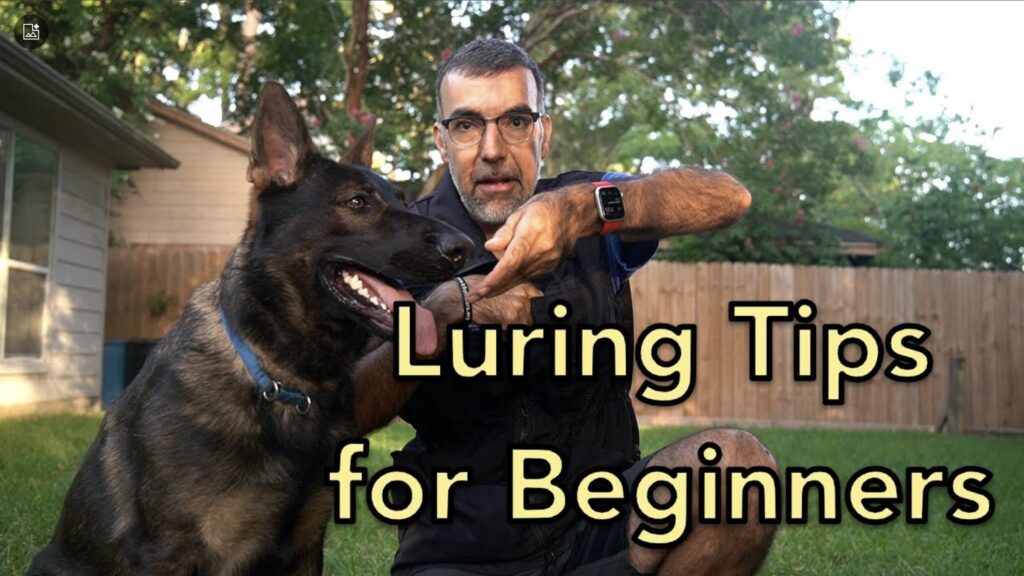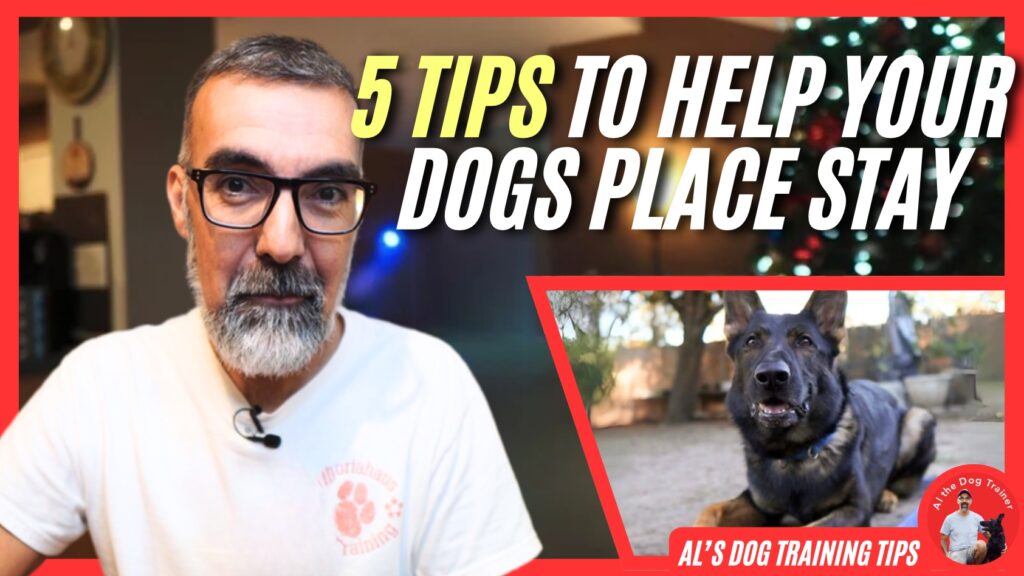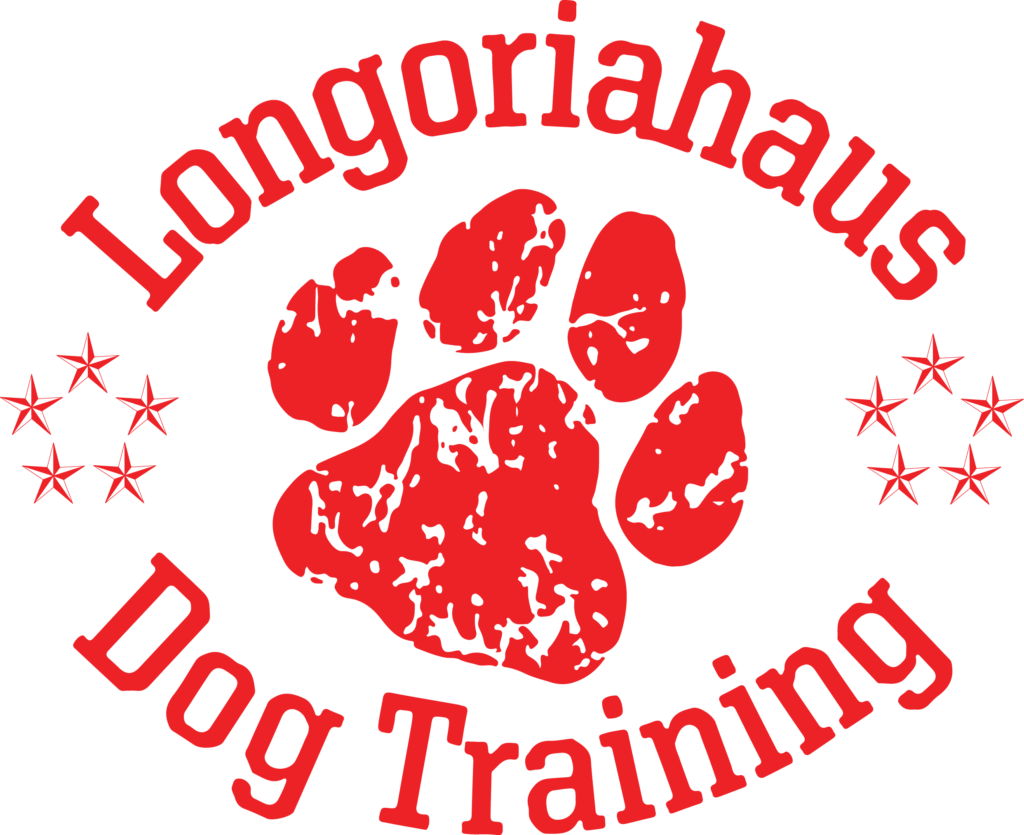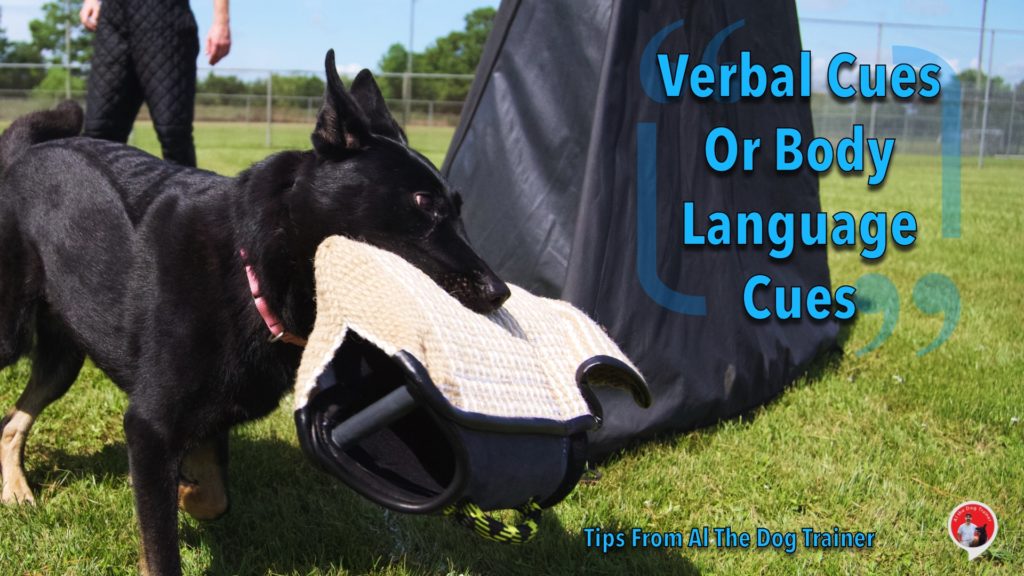
Today’s topic is verbal cues or body language cues. As we try to get our dog’s attention, we might consider what’s the best way to go about it? Because, well, dogs can pay attention in a variety of ways. They can feel things, and they can smell things. They can use their eyes to perceive motion and some color. They can use their ears to hear quite a range of frequencies. And they can also rotate their ears to pick up on some 360 degrees of sound.
Which Cue Is Better?
So when it comes to trying to get attention from your dog, what’s better? Is it the verbal cue, or is it the body language cue? Okay, so I’m going to share a little about how I am currently thinking about this. This is one of those areas that I want to feel the freedom to change my mind as I learn more things and as I deal with more and more dogs. I’ve become better at perceiving where their attention is and what is triggering their attention.
Now, I have already gone through the five senses that the dog has, and we could go into a little bit more depth about that. But I want to help you understand two things: sound and pressure. Better yet, sound and movement. Now, I know I said pressure right there, and you should understand that our senses and the dog senses do overlap some. You should know that your ability to smell and your ability to taste are somewhat related. Now they’re not the same, but they are related.
A lot of Pressure To a Dog
Well, body language cues for us; we think about it as motion. But a dog sometimes might see body language cues as different forms of pressure, especially if you’re giving the hand signal for stay. A lot of times, that can feel like a lot of pressure on a dog. So what is better? Is it the verbal cue, or is it the body language cue?
When it comes to exercises like moving together with your dog, let’s roughly call those heeling exercises. In heeling exercises for a puppy, probably the most important here is not the verbal cue, but it’s what the body language cues are doing. And more specifically, it’s what your legs are doing. Now, I have this saying, and it goes like this. “Whatever moves the fastest gets the attention.” You see, your dog, as a descendant from wolves, is looking for prey to pursue. And puppies want to chase, pounce, and bite anything that’s moving, like your children or your shoelaces.
Get Your Dog’s Attention Back
So when you’re coming to develop heeling in your dog, getting your dog to move with you, quick movement is a plus. Now, one thing that happens quite often that I see is that when people want their dogs to move, they begin to talk and stop moving. This can often be very difficult because the dog can become fixated on something that is moving or something of high importance. And if you simply begin to move, it will compete directly against that and might get your dog’s attention back.
So for the untrained puppy, I would say that body language cues are more important than verbal cues. Now, let’s flip it. Let’s say that you’ve been working with your dog for quite some time. Your dog has learned how to heel and has a ton of focus in heeling. Well, your verbal cues are now essential. You see, if your dog is focused and they’re watching your face as you’re heeling along with them, you can share a lot of information with them about what you want them to do.
A Trained Dog Will Respond Well
So here’s an example. Sometimes, I will be heeling with my dogs, and I will say the word “sit” as I continue to move. And you’ll see that a trained dog will respond well to the verbal cue and completely ignore the body language cue as you continue to move away. So verbal cues are crucial. But the problem with them when you’re starting with a new dog is that they don’t grab the dog’s attention the way that we might think they do.
Here’s a good example. When I got Jericho several months ago, we would call him all the time, but we wouldn’t call him Jericho. We would call him puppy. And what you would hear is we would be saying the word puppy over and over to get his attention. It’s not that he understood “puppy”, it was the way that we were saying it. The pitch that we’re saying was so rapid it would get his attention.
Young Jericho
So when we paired that together with the body’s movement, it helped young Jericho figure out what it was that we were asking him to do. Verbal cues often, in the beginning, are not nearly as crucial as those body language cues. So just maybe one more thought on this. You can develop excellent verbal cues over a short period of time, and I don’t think it takes a long time to get a dog to understand the words you’re trying to teach them.
So here’s just a simple process. Let’s say you’re trying to train your dog to sit. Discipline yourself only to display the sit command, right as the dog is doing it. And I would like if you could go a week of only saying it right when they’re doing it. After you’ve gone for a week, start trying the sit command earlier as you begin to use your body language to get them to do what you want. And then what I want you to do is, if you’ve gone through a week of that, see if you can tell your dog to sit when they might be paying attention to something else. See if they’ll do it that way. Many times, if you spend two or three weeks going over one little simple voice command like that, you’ll see that your dog will do great.
I hope that one was helpful for you all about verbal cues or body language cues. Again, I guess the big takeaway is that body language cues are a great place to start. And then, you want to develop verbal cues along the way.
Remember to visit my YouTube channel or find more helpful tips like this right here at www.longoriahausdogtraining.com.
Happy Training!

